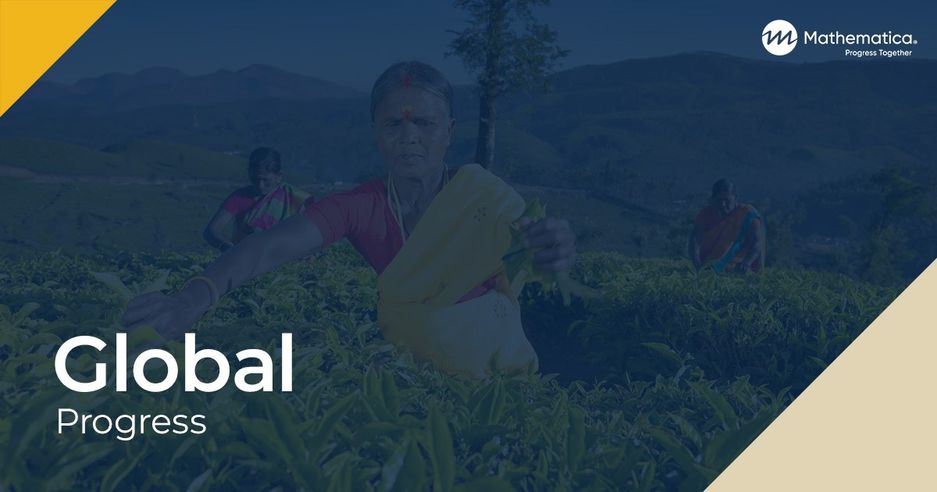Left Home High and Dry-Reduced Migration in Response to Repeated Droughts in Thailand and Vietnam
The authors investigate the extent to which droughts impact migration responses of rural households in Thailand and Vietnam, as well as the role of underlying mechanisms such as risk aversion and socioeconomic status that may affect the response. They combine longitudinal household data from the Thailand Vietnam Socio Economic Panel from 2007 to 2017 with monthly high-resolution (0.5°) rainfall and temperature data from the Global Historical Climatology Network Version 2 and the Climate Anomaly Monitoring System (respectively) to characterize droughts at the sub-district level. They find that exposure to two consecutive years of moderate drought decreases household participation in migration by 5.3 percentage points (11.1% of the mean). Analysis of underlying mechanisms highlights the role of socioeconomic status in shaping these reductions in migration. While drought exposure substantially erodes socioeconomic status and increases risk aversion, it is deteriorations in consumption and assets per capita that appear to shape the negative effect of droughts on migration. This pattern is consistent with the presence of an environmentally induced poverty trap, whereby exposure to climate shocks directly and indirectly reduces rural population mobility, particularly among poorer households.
How do you apply evidence?
Take our quick four-question survey to help us curate evidence and insights that serve you.
Take our survey
